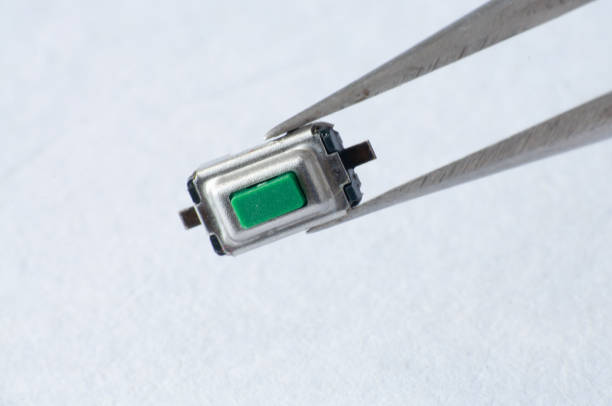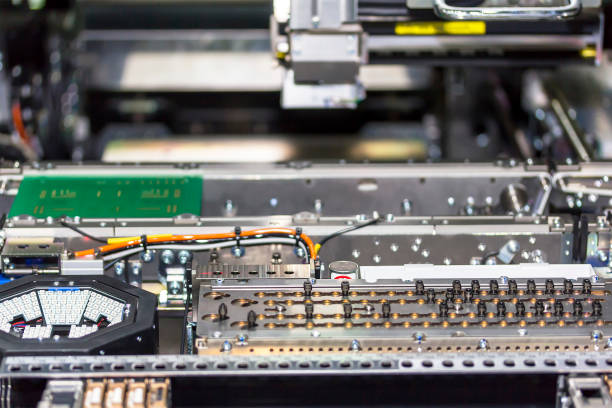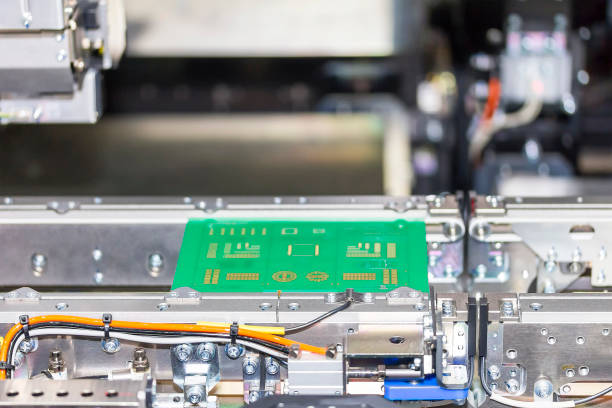Content Menu
● Introduction
● The Emergence of Surface Mount Technology
● Advantages of Surface Mount Technology
>> Miniaturization and Compact Design
>> Improved Performance and Signal Integrity
>> Cost Effectiveness and Efficiency
● Challenges in Implementing SMT in PCB Design
>> Design Complexity
>> Thermal Management and Heat Dissipation
>> Reliability Concerns and Solutions
● The Impact on PCB Design
● Conclusion
● FAQs
>> 1. What is Surface Mount Technology (SMT)?
>> 2. How does SMT differ from Through-Hole Technology?
>> 3. What are the common challenges in SMT implementation?
>> 4. Can all electronic components be mounted using SMT?
>> 5. How does SMT contribute to cost savings in PCB manufacturing?
Introduction
Surface Mount Technology (SMT) has fundamentally transformed the landscape of electronics manufacturing and design. By allowing components to be mounted directly onto the surface of printed circuit boards (PCBs), SMT has enabled a new era of compact, efficient, and high-performance electronic devices. This article explores the significant impact of SMT on PCB design, highlighting its advantages, challenges, and the future of electronics.

The Emergence of Surface Mount Technology
SMT emerged in the 1960s and gained widespread adoption in the 1980s as a response to the growing demand for smaller and more efficient electronic devices. Unlike traditional through-hole technology, which requires components to be inserted into drilled holes on a PCB, SMT allows components to be soldered directly onto the board's surface. This innovation has led to several key advancements in PCB design and manufacturing.
Advantages of Surface Mount Technology
Miniaturization and Compact Design
One of the most significant advantages of SMT is its ability to facilitate miniaturization. Surface mount devices (SMDs) are typically smaller than their through-hole counterparts, allowing for higher component density on PCBs. This compactness is crucial for modern electronics, where space is often at a premium, such as in smartphones, wearables, and other portable devices.
Improved Performance and Signal Integrity
SMT enhances electrical performance by reducing the length of electrical paths between components. Shorter connections mean less signal degradation and interference, resulting in improved signal integrity. This is particularly important in high-frequency applications where performance is critical.
Cost Effectiveness and Efficiency
The automation capabilities associated with SMT lead to significant cost savings in production. Automated assembly processes reduce labor costs and increase production speed. Additionally, the smaller size of SMT components means less material usage, translating to lower manufacturing costs overall.
Challenges in Implementing SMT in PCB Design
Design Complexity
While SMT offers numerous benefits, it also introduces complexity into PCB design. Designers must carefully consider component placement to avoid issues such as crosstalk and electromagnetic interference (EMI). The intricate nature of SMT layouts requires advanced design skills and tools.
Thermal Management and Heat Dissipation
As components become smaller and more densely packed, managing heat dissipation becomes increasingly challenging. Effective thermal management strategies are essential to prevent overheating, especially in high-power applications where heat generation is significant.

Reliability Concerns and Solutions
Reliability is a critical concern in electronics design. SMT components are more susceptible to mechanical stress due to their smaller size and mounting method. Designers must implement robust testing and inspection processes to ensure long-term reliability.
The Impact on PCB Design
The integration of SMT has profoundly influenced PCB layout strategies. Designers now have greater flexibility in arranging components, allowing for innovative designs that maximize space usage. The ability to place components on both sides of a PCB further enhances design possibilities.
Moreover, SMT supports higher connection densities, enabling more complex circuits within a smaller footprint. This capability is essential for modern applications requiring high performance without increasing physical size.
Conclusion
In summary, Surface Mount Technology has revolutionized PCB design by enabling smaller, more efficient electronic devices with enhanced performance capabilities. While challenges such as design complexity and thermal management exist, the benefits far outweigh these obstacles. As technology continues to evolve, SMT will remain a cornerstone of modern electronics manufacturing.

FAQs
1. What is Surface Mount Technology (SMT)?
Surface Mount Technology (SMT) is a method used to mount electronic components directly onto the surface of printed circuit boards (PCBs). This technique allows for more compact designs compared to traditional through-hole mounting methods.
2. How does SMT differ from Through-Hole Technology?
SMT differs from through-hole technology primarily in the mounting process; SMT components are soldered directly onto the board's surface without needing drilled holes. This results in smaller component sizes and higher component density.
3. What are the common challenges in SMT implementation?
Common challenges include design complexity due to increased component density, difficulties in thermal management, inspection challenges due to small component sizes, and ensuring reliability under mechanical stress conditions.
4. Can all electronic components be mounted using SMT?
Not all electronic components can be mounted using SMT; larger or high-power components may still require through-hole mounting methods due to their size or thermal characteristics.
5. How does SMT contribute to cost savings in PCB manufacturing?
SMT contributes to cost savings by reducing material usage due to smaller component sizes, enabling automated assembly processes that lower labor costs, and allowing for higher production speeds which enhance overall efficiency.




















